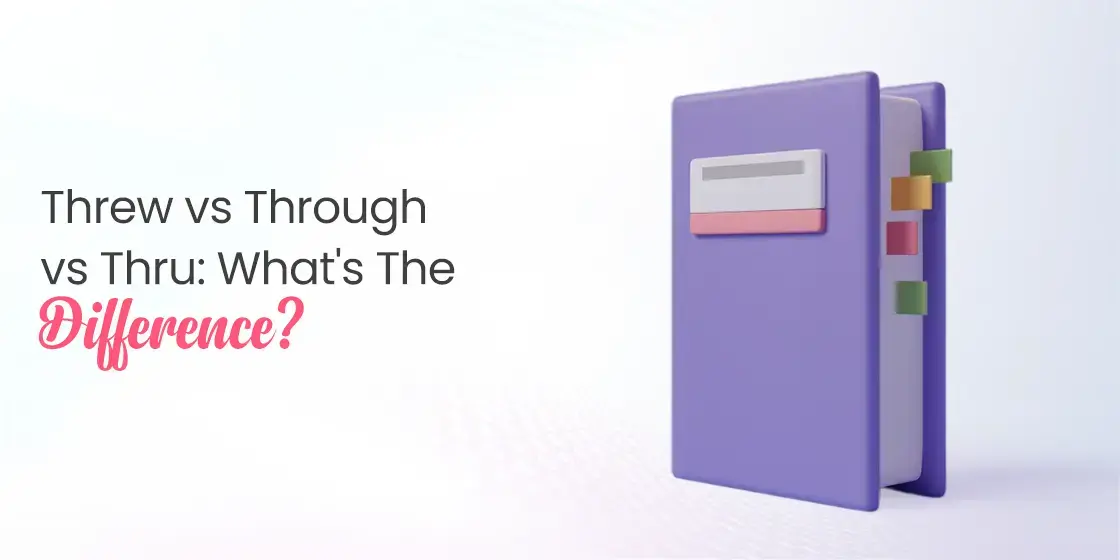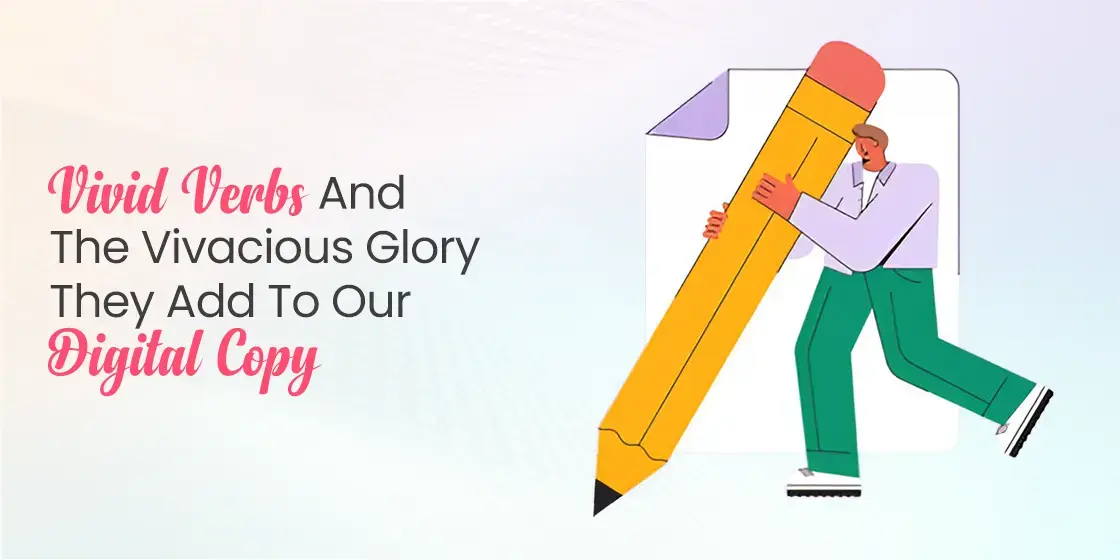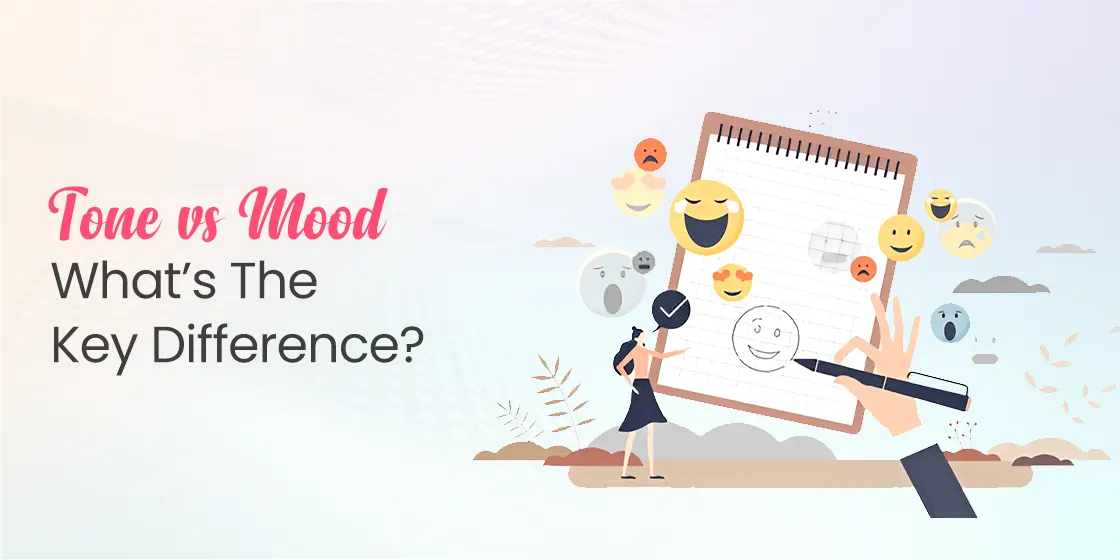Table of Content
Understand the Core Differences Between Similar Looking Homophones
Being a writer, you need to make sure that the content you produce defines the right context it is intended for. A lot of times, people get confused while using words that look the same, but have different meanings. It is certainly a point to bother, because one word can change the whole context of the sentence. Words like these are called homophones, as they usually look the same, but have different spellings and meanings altogether.
A popular example in this regard is the differentiation between threw vs through vs thru. These three words look very similar to each other, but are used in different types of scenarios in the content. As a writer, you should be well aware of their usage, as that will allow you to avoid making mistakes. If you are not a professional writer, you should always take specialized article writing services from the seasoned experts to avoid such gaffes. They understand all the complexities of writing, hence taking services from them looks to be a great solution for beginners.
However, if you are focusing to learn these little things by yourself, read this blog in detail. It will let you know how to use different types of homophone words, keeping threw vs through vs thru as a primary example. Let’s start from the basics understanding what are homophones and why they are so confusing to many beginner writers.
What are Homophones?
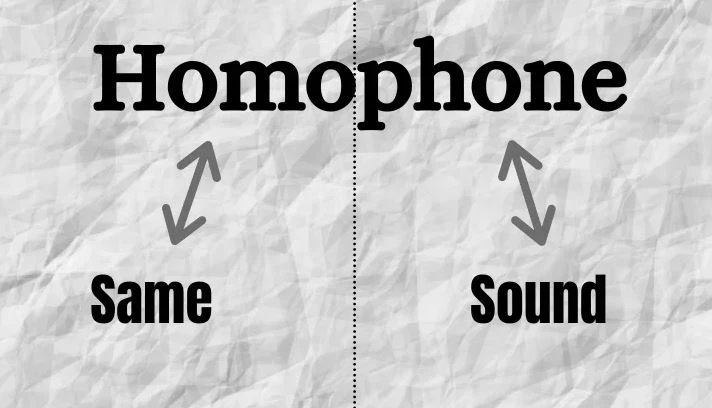
Source: trinka.ai
Homophones are words that sound the same when spoken but have different meanings, and often different spellings. The term comes from the Greek words “homo” (same) and “phone” (sound), which together mean “same sound.” Despite their similar pronunciation, homophones represent different concepts or objects and can sometimes lead to confusion in both spoken and written communication. The key characteristic is that although these words sound identical, they serve different linguistic functions and convey distinct meanings.
The presence of homophones in a language is largely due to the complexity of phonetics and historical language evolution. Many languages, especially English, have inherited words from diverse linguistic roots where different spelling conventions were applied to similar-sounding words. English’s flexible phonetic rules and extensive vocabulary have made it particularly rich in homophones, creating challenges but also adding expressive variety.
Homophones play a significant role in literature, humor, and wordplay, as they allow to use funny words and other forms of wit. Writers may deliberately use homophones to create double meanings, adding layers of depth or humor to their work. However, homophones can also lead to misunderstandings, especially in written communication, where the absence of audible cues might obscure the intended meaning. Awareness of homophones is essential for effective communication, especially in language learning and editing, where precision in word choice and spelling is crucial.
Threw vs. Through vs. Thru: What Do They Mean?
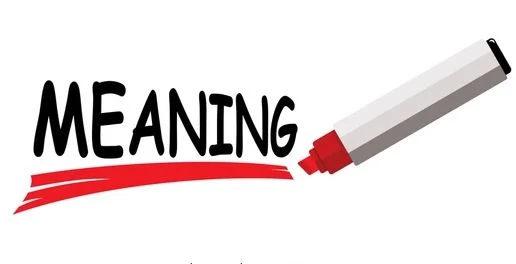
The confusion between threw vs through vs thru will always remain if you won’t understand their meanings first. It is the best way to analyze where these words should be used and what type of context they refer to. Let’s take a look at the quick explanation of these words below.
Threw
“Threw” is the past tense of the verb throw, which means to propel or launch something into the air using force. This action might involve tossing an object, such as a ball, in a specific direction. As a verb in the past tense, threw refers to an action that has already been completed or took place in the past.
Looking for
High-Quality Writing Service?
Through
“Through” is a preposition that describes movement in one side and out of the other of object. It describes a way or manner of passing within, across, or throughout something. Similarly, it can express progression within a period, indicating continuous action over time.
Thru
“Thru” is an informal, simplified spelling of “through”, commonly used in casual communication. It is generally considered non-standard in formal writing. It is often seen in contexts like “drive-thru” for fast-food services, where brevity is useful and widely understood. Though widely accepted in these informal settings, “through” remains the preferred spelling in most formal writing contexts.
Threw vs. Through vs. Thru: Where to Use these Words?

Similar sounding words like threw and through should be used carefully in the sentences. A lot of people who are new to the writing, often do not know about these things. There is certainly a very thin fine line between these words, and as a writer, you should be well aware of them.
Where to Use Threw?
One of the primary challenges with using threw lies in applying it correctly as a past-tense verb. Threw is the past tense form of “throw,” meaning it specifically indicates an action that has already occurred. When describing an event in which someone launched, tossed, or propelled an object, choosing threw situates that action firmly in the past.
Misusing threw in place of present or future tense can lead to confusion and disrupt the clarity of communication. To use the verb accurately, it’s essential to recognize that threw is appropriate only when referencing actions that have definitively taken place. Mastering the distinctions among these tenses helps in conveying precise timing in narratives and descriptions.
Examples
- They threw all their support behind the new project.
- He threw his coat over the chair as he walked in.
- The pitcher threw the ball with incredible speed.
- She threw her hands up in frustration after the meeting.
- We threw a surprise celebration for his birthday.
Where to Use Through?
The word “through” serves multiple roles in the English language, depending on its context. When used as a preposition, it describes movement or passage from one side of an opening, space, or area to the opposite side. As an adverb, through often signifies completion or reaching an endpoint.
Similarly, the adjective form of through can express the idea of completion or thoroughness. In each form, through consistently conveys a sense of progress, transition, or finality. So, if you are using this word in a sentence, make sure to build the same context accordingly. If you are not sure how it’s done, take a look at some examples given below.
Examples:
- She walked through the park, enjoying the changing colors of the autumn leaves.
- After months of hard work, they made it through the final round of interviews.
- The children peered through the telescope, marveling at the distant stars.
- He studied chapters one through six to prepare for the exam.
- They drove through the night to reach their destination by morning.
Where to Use Thru?
Thru is an informal variant of the word “through” and is often used for brevity or convenience in casual contexts. While it serves the same function as through in terms of meaning, thru can give a more casual, unpolished tone to your writing. Many readers may interpret its use as overly relaxed or even slightly careless, which is why it is generally discouraged in formal writing.
However, there are instances where thru is acceptable, especially in informal communication. For example, in personal texts, thru is often seen as appropriate because it reflects the relaxed tone that is common in these platforms. In these settings, readers are less likely to judge the term as a sign of informality or imprecision and are more likely to see it as a natural shorthand.
Examples:
- We’re driving thru town to pick up some groceries.
- Let me know when you’re thru with that book so I can borrow it.
- They stayed up late to work thru all the project details.
- She scrolled thru her messages, looking for his text.
- He worked straight thru lunch to meet the deadline.
Tips to Use the Words Correctly
Understanding the correct use of the three homophones—threw, through, and thru—becomes much easier once you recognize the distinct roles each one plays in a sentence. Threw is a verb, and it is used to describe the action of tossing or hurling something. On the other hand, through functions as a preposition, adverb, or adjective. As a preposition, it indicates movement from one side to another.
While thru is an informal shorthand for through, it is generally advisable to avoid using it in formal writing. The use of thru can make your writing seem unsophisticated, which may negatively impact the tone of your long form or short form content. To ensure clarity and maintain the appropriate tone in formal contexts, it’s best to stick with the full “through” word in all situations.
Frequently Asked Questions
| What are homophone words? Homophones are words that sound the same but have different meanings and spellings. They often cause confusion in writing due to their similar pronunciation. |
| What is the past tense of throw? The past tense of throw is threw. It defines a past event in which something was thrown off by a person. It is often mistaken by another word called through due to having homophobic sound. |
| What is the difference between threw vs through? Threw is the past tense of the verb throw, meaning to toss or hurl something. Through is a preposition, adverb, or adjective, indicating movement from one side to another or completion of something. |
Final Words
That takes us to the end of this blog in which we have discussed how to use homophones like threw, through and thru in different sentences. All of these words sound pretty similar, but have got different meanings. It is therefore important to understand their real meanings, as that allows you to use them correctly in different sentences.
This blog has defined in detail what each word means. It has also listed plenty of examples to let you know how all these words should be used in different scenarios. The blog is therefore a good read for beginners who are confused in between the threw vs through vs thru selection. It elaborates the correct usage of every word, both in formal and informal communications.

Unleash your brand story`s potential with eContentSol – your creative writing companion. We craft narratives that captivate. Ready to elevate your content game? Dive into creativity with us and let`s bring your ideas to life.
